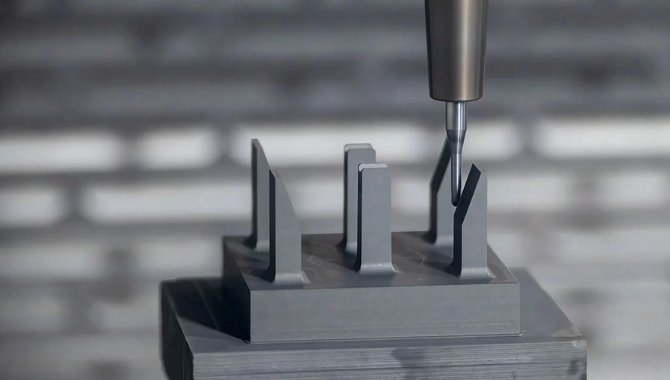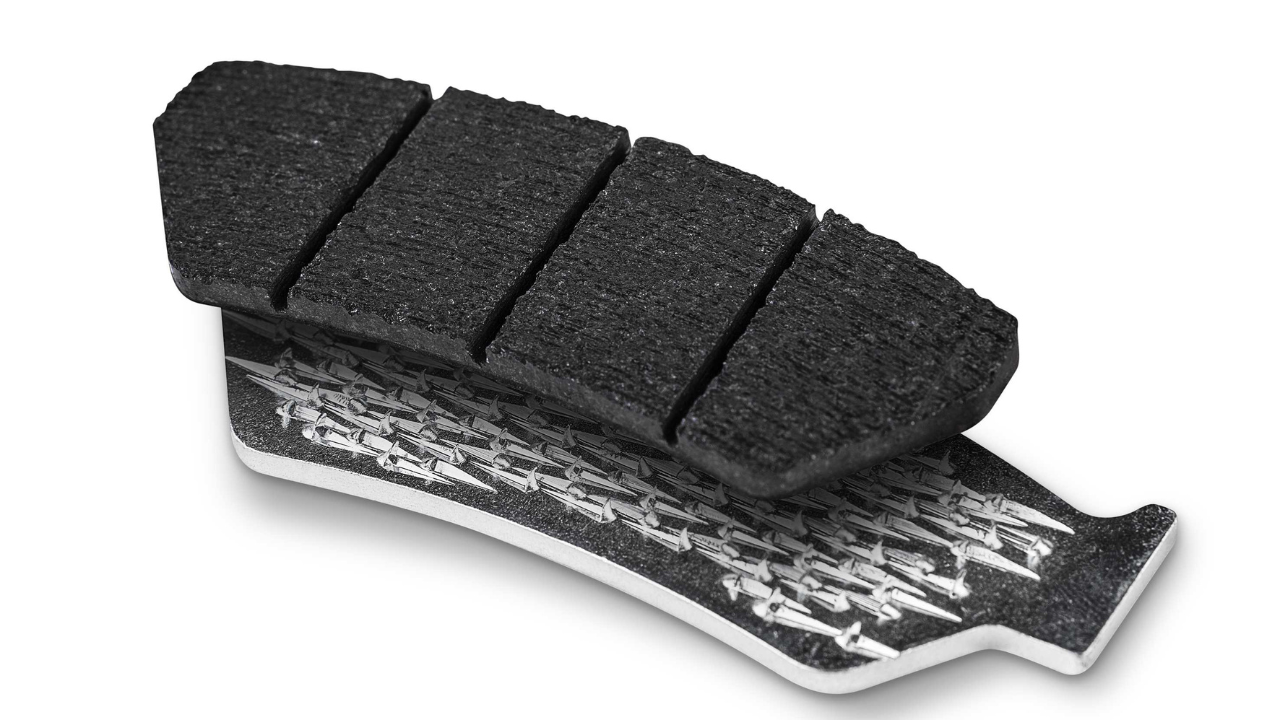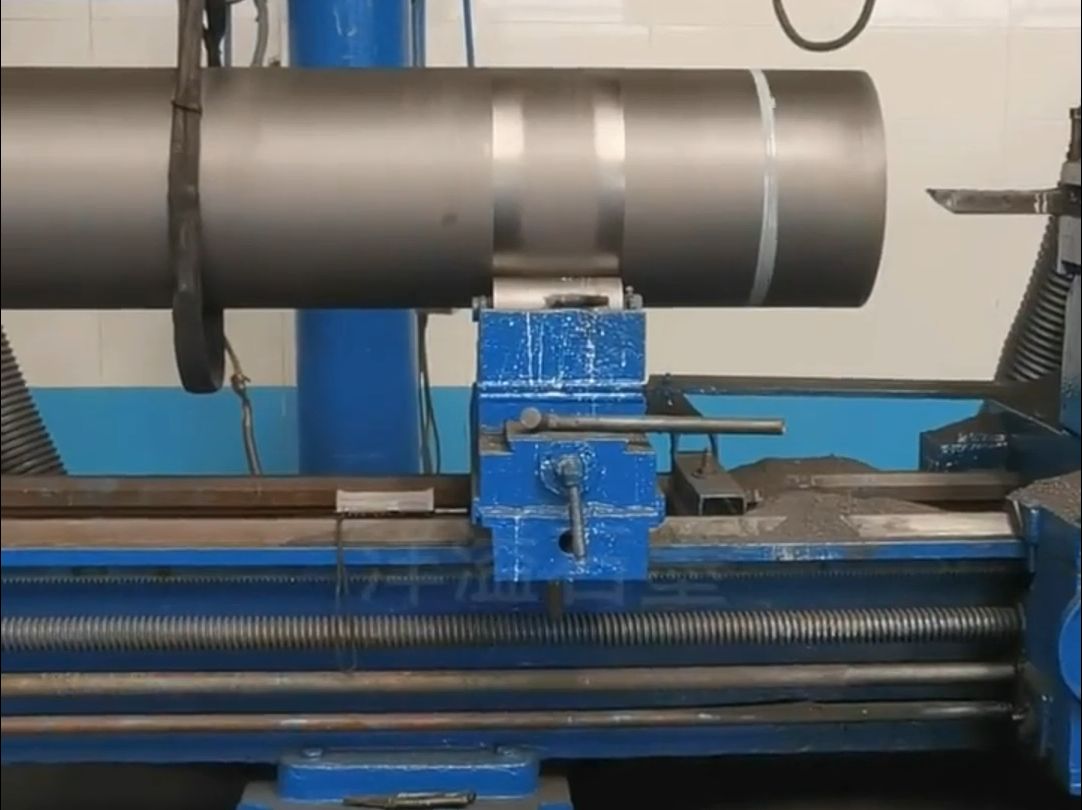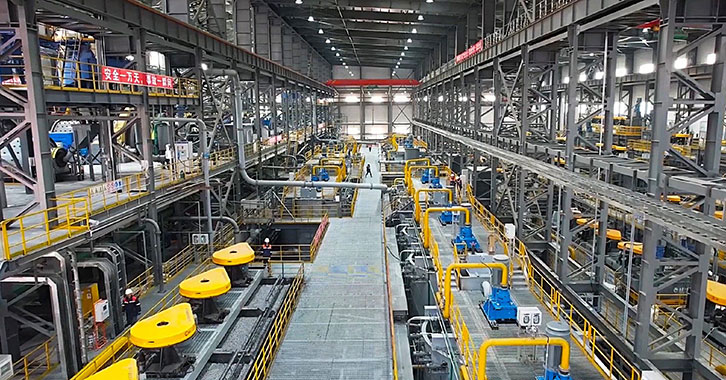Graphite electrodes are indispensable in high-temperature industrial processes, particularly in metallurgy. Their selection over other conductive materials is based on a combination of unique physical and chemical properties that make them uniquely suited for demanding applications.
The following analysis outlines the five key reasons why graphite is the preferred choice for electrodes.
1. Exceptional Electrical and Thermal Conductivity
Graphite’s conductivity stems from its atomic structure. Each carbon atom is bonded to three others in a planar hexagonal lattice, leaving one electron delocalized. These free-moving electrons facilitate excellent electrical conduction.
-
Electrical Conductivity: Ranges from 3 × 10⁴ to 2 × 10⁵ S/m (Siemens per meter) depending on grade and grain orientation, surpassing most non-metal materials and competing effectively with many metals.
-
Thermal Conductivity: Exhibits high thermal conductivity (80-150 W/m·K in-plane), allowing it to efficiently dissipate the intense heat generated during operations like electric arc furnace (EAF) steelmaking.
-
Extreme Temperature Tolerance: With a sublimation point of ~3,650°C (it transitions directly from solid to gas without melting), graphite remains stable at temperatures far exceeding the melting points of copper (1,085°C) and most other metals. This makes it ideal for EAFs operating at 1,500-1,800°C.
2. High Mechanical Strength at Elevated Temperatures
Unlike metals that soften and weaken with heat, graphite’s strength increases from room temperature up to approximately 2,500°C.
-
Retained Strength: A typical high-power graphite electrode can have a flexural strength of 10-25 MPa at room temperature, which can increase by 20-50% at operating temperatures.
-
Thermal Shock Resistance: Its low coefficient of thermal expansion (CTE: 1.5-4.5 × 10⁻⁶/K) and high thermal conductivity give it an exceptional ability to withstand rapid temperature changes without cracking, a critical property in cyclical processes.









